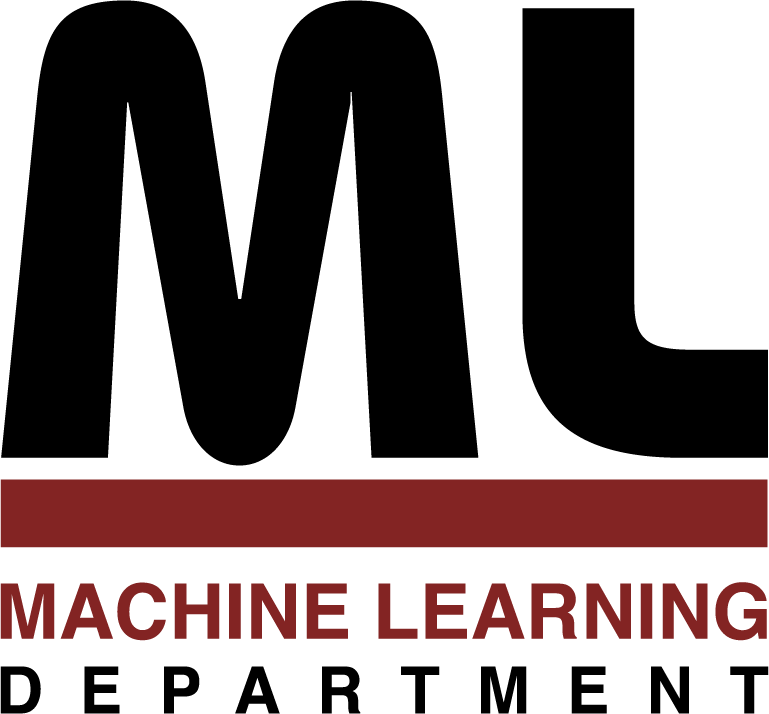
Machine Learning Department
School of Computer Science, Carnegie Mellon University
The Time and Location of Natural Reading
Processes in the Brain
Leila Wehbe
August 2015
Ph.D. Thesis
This thesis proposes an alternative framework to study language processing. We acquire data using a naturalistic reading paradigm, annotate the presented text using natural language processing tools and predict brain activity with machine learning techniques. Finally, statistical testing is used to form rigorous conclusions. We also suggest the use of direct non-parametric hypothesis tests that do not rely on any model assumptions, and therefore do not suffer from model misspecification.
Using our framework, we construct a brain reading map from functional magnetic resonance imaging data of subjects reading a chapter of a popular book. This map represents regions that our model reveals to be representing syntactic, semantic, visual and narrative information. Using this single experiment, our approach replicates many results from a wide range of classical studies that each focus on one aspect of language processing.
We extend our brain reading map to include temporal dynamics as well as spatial information by using magnetoencephalography. We obtain a spatio-temporal picture of how successive words are processed by the brain. We show the progressive perception of each word in a posterior to anterior fashion. For each region along this pathway we show a differentiation of the word properties that best explain its activity.
179 pages
Brian Murphy (Queen's University Belfast)
Tom M. Mitchell, Head, Machine Learning Department
Tom Mitchell (Chair)
Eduard Hovy
Cosma Shalizi
Jack Gallant (University of California, Berkeley)
Andrew W. Moore, Dean, School of Computer Science
School of Computer Science